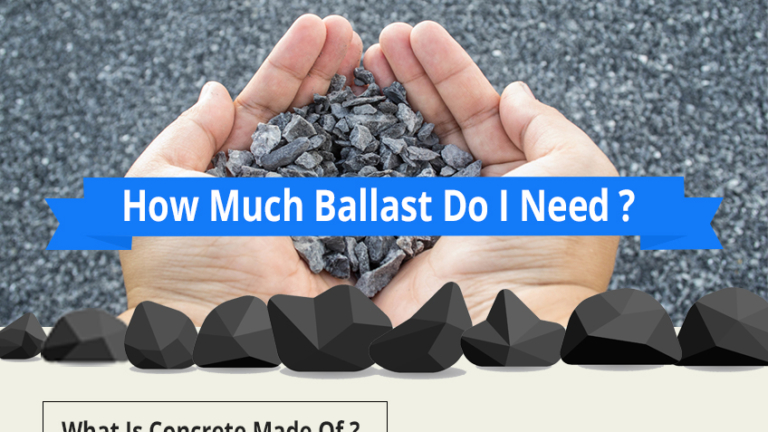Concrete is a building material known for its marvellous strength and wide range of applications. Its usage worldwide (weight for weight) is twice that of wood, steel, plastic and aluminium combined. When mixed concrete hardens, it gives a stone-like finish that is extremely useful in construction. However, how is concrete produced, and how is the right mix achieved? In this article, we will enlighten you about the correct concrete mix ratio using ballast.
What Is Concrete Made Of?
Mixed concrete is made up of basically two materials:
Cement, the binder which holds other materials.
From rapid hardening cement to portland cement, natural or synthetic, cement is made of finely ground powder which hardens when it reacts with water. Water is crucial in the production of cement. Water-cement mix sets through a chemical process known as hydration.
Additives are added to give concrete other desired properties. Accelerators hasten the hydration process, and plasticisers improve the workability of concrete. Also, corrosion inhibitors minimise corrosion.
Concrete ballast or aggregates, which provide the bulk, increases the strength of the concrete and improves its properties to suit its application.
Ballast for concrete comprises of coarse materials like sharp sand, gravel, and limestone. Concrete ballast or aggregates make up the bulk of the cement mix. Recycled materials such as air-cooled furnace slag or quenched molten slag are also used in ballast. The amount and particle sizes and distribution of concrete ballast added to a cement mix significantly affect the strength and the amount of cement used in the cement mix. Sometimes decorative stones such as river stones, quartzite and shattered glass are added for a more elegant finish known as an exposed finish.




